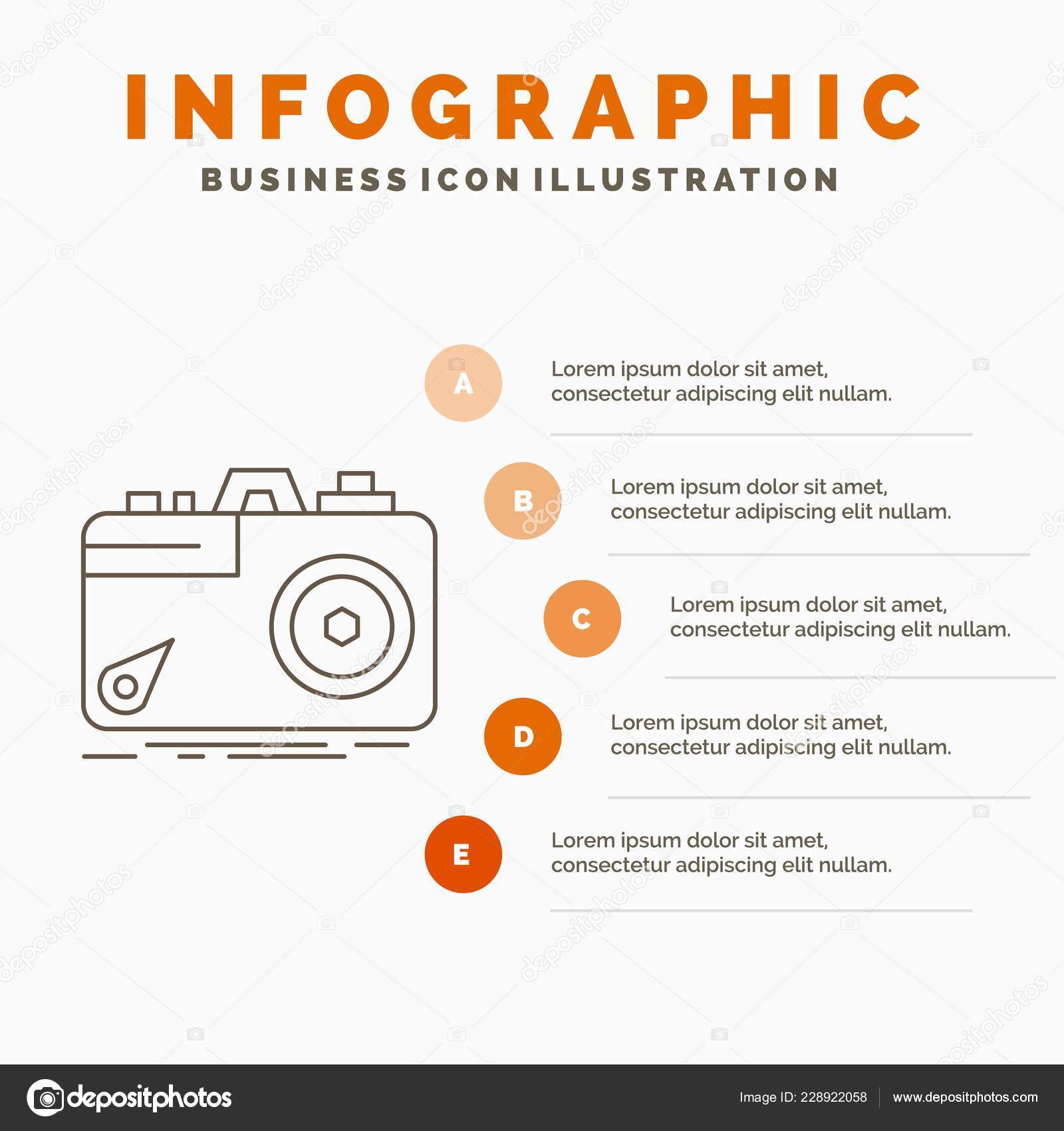Change Your Photography By Mastering Illumination Strategies That Can Boost Your Pictures-- Discover The Common Mistakes That Could Be Holding You Back
Change Your Photography By Mastering Illumination Strategies That Can Boost Your Pictures-- Discover The Common Mistakes That Could Be Holding You Back
Blog Article
Authored By-Futtrup Isaksen
As a digital photographer, you recognize that lighting can make or damage your pictures. Understanding the subtleties of both all-natural and fabricated light is vital for recording the mood and quality you go for in your job. Whether you're chasing after the perfect golden hour radiance or adjust your artificial arrangements, grasping these aspects can raise your digital photography dramatically. But there prevail challenges that many neglect, and acknowledging them can transform your strategy to every shoot. Let's explore what you could be missing and exactly how it can impact your results.
Comprehending All-natural Light
Understanding natural light is vital for any kind of digital photographer looking to enhance their job. It's the foundation of terrific digital photography, affecting mood, tone, and clarity. When you fire outdoors, focus on the time of day. The gold hour-- quickly after sunup and before sunset-- uses soft, cozy light that can transform average scenes into magnificent images.
Don't take too lightly the power of cloudy days. Cloud cover diffuses sunshine, creating a soft, even light that's best for portraits and macro photography. You'll locate colors appear this type of illumination without rough darkness.
Positioning issues, too. Constantly consider your topic's alignment to the light source. If the sunlight's behind your topic, you may wind up with a shape, which can be dramatic however mightn't be what you desire. On the other hand, straight sunshine can create unflattering darkness.
Trying out angles; occasionally, altering your point of view can produce outstanding outcomes. Use natural reflectors, like water or sand, to bounce light onto your subject, including measurement.
Mastering Artificial Light
Understanding artificial light is essential for professional photographers that want to take their skills to the following level. Whether you're utilizing speedlights, studio strobes, or constant lights, understanding exactly how to adjust these resources can significantly improve your images.
Beginning by acquainting on your own with the fundamentals of light high quality, direction, and color temperature. Experiment with various modifiers like softboxes, umbrellas, or grids to manage the gentleness or violence of the light.
You'll locate that soft light usually creates lovely outcomes, while harsher light can include drama and deepness. Do not shy away from https://www.globenewswire.com/news-release/2020/01/31/1977959/0/en/Global-Photo-Booth-Market-and-Photo-Booth-Software-Market-2020-In-depth-Industry-Analysis-by-Types-Applications-Key-Players-Size-Share-Competition-Opportunities-Growth-By-2025.html can enhance the three-dimensionality of your subjects.
Pay close attention to the positioning of your lights. A light located as well near your topic can develop uncomplimentary results, while too away can result in a lack of information. Use a light meter or your electronic camera's pie chart to ensure you're exposing correctly.
Last but not least, keep in mind that synthetic light can be combined with ambient light for imaginative results. Stabilizing these resources might take technique, once you understand it, your photography will genuinely beam.
Techniques for Different Situations
When you enter different shooting circumstances, adjusting your lighting strategies is critical for capturing the best images. For outside portraits, utilize the golden hour-- early morning or late afternoon light-- to soften darkness and boost skin tones.
If it's a rough midday sun, take into consideration utilizing a reflector to bounce light back onto your subject or seek shaded areas for a much more also direct exposure.
In low-light circumstances, like interior events, increase your ISO and use a vast aperture to let in even more light. A tripod can help eliminate video camera shake, enabling longer direct exposures without obscuring.
If you're contending night, experiment with off-camera flash to develop vibrant lights and deepness in your pictures.
For item digital photography, utilize diffused illumination to prevent rough reflections. Softboxes or light tents can aid achieve this effect.
When photographing landscapes, take into consideration the instructions of light and time of day, as it can drastically alter the mood of your shot.
Constantly prepare to adjust your setups and placing based on the scenario, as flexibility is key to understanding lighting in digital photography.
Verdict
To conclude, mastering illumination is key to raising your digital photography skills. Welcome all-natural light's appeal during golden hour, and do not shy away from experimenting with fabricated light methods. By adjusting your technique to various scenarios, you'll catch sensational pictures that resonate with emotion and clearness. https://zenwriting.net/dionna16jettie/exactly-how-to-pick-the-right-cam-for-your-photography-demands in mind, the best illumination can transform a normal shot into something extraordinary, so maintain practicing and fine-tuning your understanding of both all-natural and man-made light. Pleased shooting!
